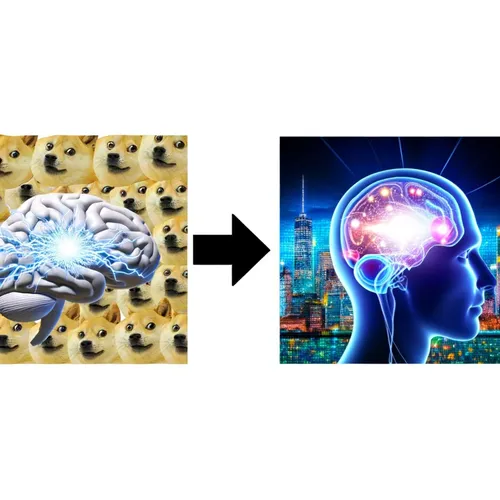DOGE Transforms Federal Efficiency: Trump's New Department Reshapes Government Spending and Bureaucratic Priorities in 2025
- Author
- Quiet. Please
- Published
- Tue 22 Apr 2025
- Episode Link
- https://www.spreaker.com/episode/doge-transforms-federal-efficiency-trump-s-new-department-reshapes-government-spending-and-bureaucratic-priorities-in-2025--65669120
Listeners, in 2025, government efficiency is making headlines for more than just memes—DOGE thinking is now hard at work in Washington. On January 20, 2025, President Donald Trump established the Department of Government Efficiency, or DOGE, by executive order. This department, which renamed the U.S. Digital Service to the U.S. DOGE Service, was created to implement Project 2025, a sweeping agenda designed not just for cost savings but to reshape federal bureaucracy to be more responsive to the president and aligned with conservative priorities[1][2].
Vice President JD Vance described DOGE's main goal as making the bureaucracy answer to the elected president, underscoring a shift from focusing solely on financial savings to pursuing ideological realignment. This comes as part of a larger strategy drafted by conservative think tanks and policy architects like Russell Vought, who developed a 180-day playbook detailing agency-by-agency transitions for the administration’s first months[1]. Analysis from major outlets reveals that a significant portion of executive orders align closely with Project 2025's blueprint, with many agencies on DOGE’s initial target list already identified for downsizing or elimination[1].
But is DOGE working in practice? According to recent updates, agencies have terminated 105 contracts worth a ceiling value of $935 million, generating reported savings of $580 million, including high-profile contracts such as a $1.03 million National Science Foundation consulting agreement[3][4]. The cost efficiency initiative, formalized in a February executive order, now mandates that federal agencies overhaul their spending on contracts and grants by tightening approval processes and increasing oversight. However, exemptions exist for law enforcement, immigration, national security, and classified operations[5].
Critics, including experienced policymakers, suggest that the focus is less about direct fiscal impact and more about asserting centralized executive control. As DOGE continues to roll out contract reviews and real-time public reporting of savings, the question remains whether this approach will deliver sustainable efficiency or simply reflect a new ideological thrust in federal administration[1][5]. For now, DOGE has moved from meme status to a major player shaping the federal government’s future.
